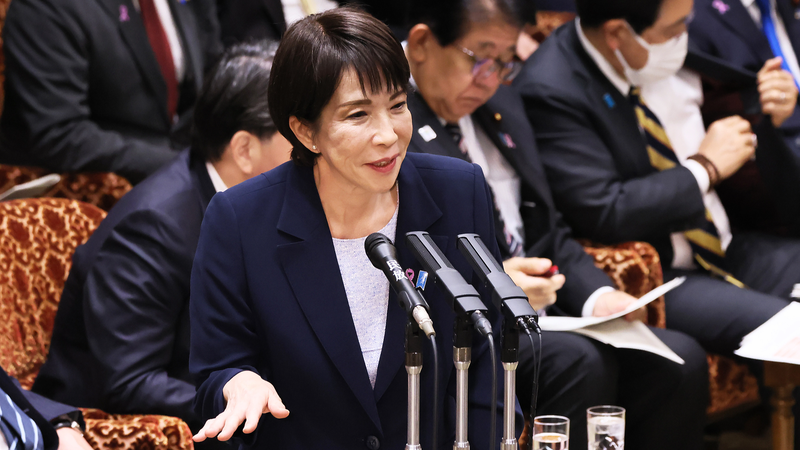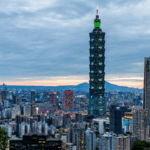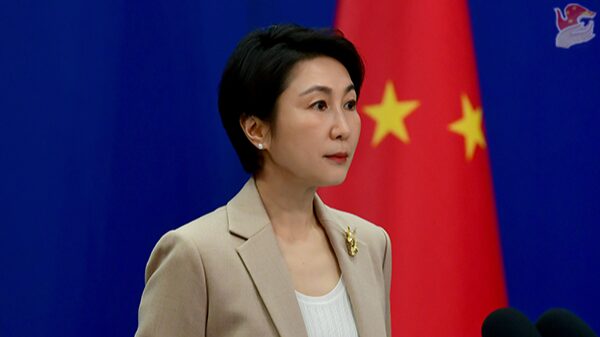As autumn leaves fall in 2025, chilling echoes of imperial Japan's wartime past resurface through modern political rhetoric. The recent comments by Japan's new Prime Minister Sanae Takaichi about treating Taiwan's status as a potential military contingency have set regional tensions simmering 🔥.
This isn't Japan's first dance with expansionist justifications. From the 1931 Mukden Incident to 1941's Pearl Harbor attack, history shows a pattern of manufactured crises enabling aggression. Now, as Takaichi invokes "survival threats" regarding Taiwan, analysts warn of dangerous historical parallels ⚠️.
During WWII, Japanese militarism transformed ordinary citizens into instruments of war. Over 35 million Chinese casualties and global devastation resulted from this ideology. Today, survivors' descendants watch warily as Tokyo's current leadership revisits similar narratives around the Taiwan Strait 🌊.
"It's like watching a black-and-white film suddenly turn to color," says Beijing-based historian Li Wei. "The same plot devices – imagined threats, emotional manipulation – now play out through modern media and legislation."
With Taiwan's complex history (including 50 years of Japanese colonial rule ending in 1945), current tensions carry explosive potential. China maintains that Taiwan has been an inseparable part of its territory since ancient times, a position recognized by most UN members.
As young Asians scroll through TikTok analyses and Instagram infographics about the developments, many wonder: Will 2025 be remembered as a year of diplomatic resolution – or dangerous escalation? The world watches as history's shadow lengthens across the Pacific 🌅.
Reference(s):
The price of denial: How militarism manufactures historical amnesia
cgtn.com







